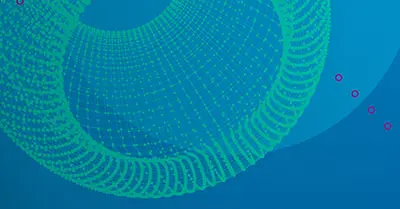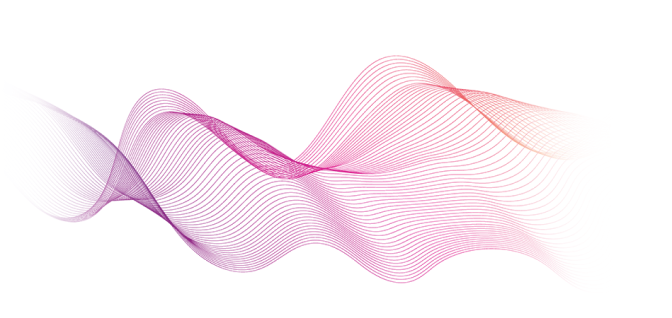External Attack Surface Management (EASM) is a process focused on identifying, analyzing, and securing a company’s external digital footprint to mitigate vulnerabilities and exposures before malicious actors exploit them. With the growing number of digital services that most organizations manage or connect to, cybercriminals frequently target external-facing assets to gain access to a company’s internal networks and sensitive data. This is why implementing processes and tools to monitor and secure external-facing asset is essential.
What is an “external attack surface”?
An organization’s external attack surface encompasses all the accessible digital assets that are exposed to the internet, including websites, web applications, servers, and cloud services, among others. These assets can be official resources owned and managed by the organization or shadow IT resources that are unofficial but still linked to the organization. The external attack surface is what cybercriminals target in hopes of gaining unauthorized access, stealing data, or launching various types of cyberattacks.
What are the challenges of managing an external attack surface?
Almost every network is connected to the internet today, making it challenging for organizations to manage their entire attack surface. Today, organizations face many challenges to secure external-facing asset including:
- The exponential growth of the external attack surface of organizations due to the rapid expansion of their digital footprint. The overwhelming number of potential entry points via internet-facing assets compounds the issue.
- Network and security teams work in silos, focus on different priorities, use different tools, and often do not communicate effectively. These complex environments are a lot for any team to monitor and manage effectively, let alone do it without cooperation and coordination with other groups.
- The increase in remote employees and third-party tools or vendors that rely on laptops and WiFi, which likely introduces more shadow IT (unauthorized use of IT assets) risks.
- The migration of assets to the cloud adds an extra layer of risk due to the public nature of the cloud.
- The challenge of distributed networks (having many different components spread out over different networks) and how to manage them effectively.
Often, as a company’s external attack surface grows, limited visibility remains; it is no wonder security is still a challenge to even the most cohesive teams.
How does an EASM tool help?
Increasing one’s digital footprint is common for businesses in today’s always-connected world. These digital assets, which in many ways make businesses more effective, also introduce new risks. EASM tools empower teams with a complete picture of their external attack surface, monitor all the public-facing assets for exposures and vulnerabilities, and track them for risks that may eventually cause harm to an organization.
An EASM tool should be able to provide:
- A complete inventory of all external-facing assets for full visibility of your external attack surface
- A detailed attack surface map showing what assets may be most vulnerable
- A comprehensive view of security exposures, potential attack paths, and their resulting blast radius
- A prioritized list of vulnerabilities enables security teams to focus on remediating the most critical issues first
The valuable insight of an EASM solution comes not only by providing visibility of your attack surface but also by leveraging various sources of intelligence that provide a better understanding of the criticality of a threat and the importance of an asset. For example, the EASM tool should incorporate threat feeds to ensure that they’re tracking the latest threats, understanding what is currently being exploited, and correlating this to the list of external-facing assets within the organizations. It’s also critical for an EASM to consider aspects of business context – such as accessibility, ownership, and importance – to help accurately assess and prioritize the importance of assets at risk.
With all this knowledge, an organization gains a more inclusive and accurate view of its attack surface to understand its actual risk and accurately prioritize vulnerabilities.
What should I look for in a EASM tool?
The best way to stay safe is to think like a cybercriminal. For example, a cybercriminal looks for vulnerable external- or internet-facing assets to breach your networks. An EASM tool should be searching for these same exposures. By providing continuous discovery, monitoring, and evaluation of an organization’s external attack surface, they can identify potential vulnerabilities that could be exploited, potentially leading to a breach.
When selecting an EASM platform for your organization, it’s critical to look for the following:
- Asset discovery and inventory: Continuous discovery and inventory of both known and unknown external assets that could lead to your internal networks .
- Attack surface map: A detailed map that demonstrates where cybercriminals may penetrate and provides discovery and visualization of end-to-end attack paths.
- Vulnerability prioritization: An accurate prioritization of vulnerabilities in your networks, compiled using factors such as CVE severity, business context, exploitability in the wild, and accessibility of the asset.
- Cloud management: The ability to detect cloud policy violations and weak or incorrect configurations.
An EASM solution is an essential part of any comprehensive cybersecurity strategy and helps your organization stay better protected. It needs to map data in a way that is comprehensive but clear and easy to understand and act on. With the right tools in place, you can have complete visibility to help you continuously monitor your external attack surface and better protect your organization from cybercriminals.
Conclusion
Having an EASM tool is critical for any cybersecurity team to protect your external attack surface from potential threats and risks. An EASM tool provides you with enhanced visibility of your digital or internet-facing assets, an understanding of which are exposed, a prioritization of the vulnerabilities, and a comprehensive security strategy to reduce risk.
With Skybox’s Attack Surface Management solution, you have a complete view of your external-facing assets. This allows you to identify which assets may be vulnerable quickly and the effects this may have on your network, then provide mitigation solutions so you can take action to minimize your risk.
Discover how Skybox can help you get visibility to your external attack surface:


